2025 – CHW
A visit to Tresillian House and Garden.
The walled garden.
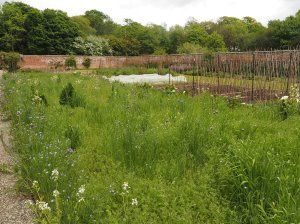
To Ethy for an afternoon garden party in memory of Andrew Leslie who died at Christmas and had a family only funeral. A glorious day and plenty of time to have a good look at the garden. A great show for 20 years of work but it needs more external (laurel etc.) shelter belts.
Magnolia ‘Gold Star’ still in full flower at the entrance to Ethy Garden in partial shade.
2023 – CHW
To Anthony House for a Great Gardens meeting. Sir Richard Carew-Pole and Tremayne CP both present.
A freestanding but gnarled and ancient Wisteria sinensis over a pool.
2022 – CHW
Off to Old Park where I had noticed something new in flower for the first time. It turned out to be Lonicera involucrata with actually only the bracts showing as yet and not the yellow flowers.
2021 – CHW
Another Magnolia ‘Woodsman’ x ‘Patriot’ above the greenhouse which I had forgotten. Just as blue as the other in bud.
So Professor Ferguson has been caught doing a bit of ‘naughtiness’ with his left wing campaigning (and already in an ‘open’ marriage) girlfriend. Nothing wrong with that (perhaps) unless you are the person who, more than anyone, advised Boris to lock down the country and strictly enforce ‘no contact’ rules. As I have said before, an unlikely expert whose ‘science’ the government has followed. He predicted 250,000 deaths and this is much as he advised Blair to create a ‘contiguous’ cattle cull in 2003 which led to the unnecessary slaughter of 4m sheep and cattle. That was the view of the public inquiry then.Ferguson is widely reported to be in the pay of BIG PHARMA where he will now no doubt go on to earn millions for his vaccine research. Seldom has someone with such personal pecuniary interests and commitments been brought (again) to the fore to pretend to be ‘the best science’. One wonders if Hancock and Boris got sick of his TV and radio grandstanding, and veiled attacks on the government for not adopting his policies quicker, or when they found out a bit more about his WHO paymasters? Who tipped off The Telegraph to expose the story? Icarus retold but that is the way of politics and government. Now Ferguson can create his own magic money tree for himself and will no doubt move to a more ‘suitable’ tax location to do so. He might just have to come back for the public inquiry though. In fact he would be the perfect scapegoat.First question – ‘Do you now not now agree that your scientific modelling of the epidemic was bollocks from the outset and that your advice has been used to create the greatest unnecessary economic tragedy that this country has ever seen?’Disaster at Burncoose with a huge turkey oak blown over two days ago in the easterly gales. Totally blocking the front drive. Gaudi’s team is on the scene but ‘they have to go to work this afternoon – back dreckly’!
Looking good in the nursery today.
Chelsea videos at Burncoose highlighting some of the better new plants which we hope will be on the stand this year. A sense of nervous excitement and worry in the show tunnel.
Euphorbia stygiana from the Azores has an impressive flower just emerging and should be perfect by 19th May.
To Burncoose to see how the show tunnel plants are coming on for Chelsea. The first lorry load gets loaded next Sunday. The good news is that a fine warm few days has brought the plants on by leaps and bounds. Many things have burst into leaf and are now looking like show plants.Various piles of Chelsea plants have been assembled in the nursery. Some in full sun and some in shade ready for loading onto trollies next Sunday. Lots of buds and flower spikes. It all looks good! The rhododendrons especially – just right.
A few new things in flower in the nursery today:I have never seen Asimia triloba in flower before. What an odd flower it is too. A wow at Chelsea perhaps if it lasts long enough.
2017 – CHW
This recently planted Enkianthus cernuus recurvus above Rogers Quarry is not like the one on the drive seen last week. It looks to be a tall growing form so is probably wrongly named. Only the slightest ‘recurve’ on the base of the bells.
2016 – CHW
A very hot day when the world and his wife had quite rightly decided to visit Richmond Park. Also thousands of bicyclists which made progress to the Isabella Plantation difficult even allowing for the abysmal signage in the park and being given the wrong satnav postcode. The grounds have recently had £2m of lottery funding and are starting to replant large glades having got rid of all the ponticum. Labelling is only just starting to show and sadly none of the myriads of Kurume and other evergreen azaleas are labelled. I had expected the evergreen azaleas to have been further out than they actually were but they were still quite a sight along the streams. The best thing in this garden today was an outstanding light pinkish clump of Rhododendron reticulatum. A lighter coloured form had just gone over further up the plantation. Quite similar to Rhododendron albrechtii but better!
Behind it was a large and pale coloured form of Rhododendron vaseyi. It is an ‘azalea’ to most people and a US species. The single plant at Caerhays is darker in colour and not as large. Often confused with Rhododendron viscosum which flowers rather later in the year and is also a US species. An interesting visit followed by a pleasant group lunch away from the crowds.
Yesterday’s political rhodo exit poll (one blue, three reds, two yellows and one undecided) proved to be quite as wrong as the pollsters themselves. I have always assumed pollsters simply gave the answer that the person who paid them to do so wants. Remember 1992 where the bastards were just as wrong as today. Sadly we miss the precise 10pm exit poll at the BBC which made those well paid, left wing, lying commentators who had said the opposite for weeks look just as biased and stupid. Hope it upset their scripts and dinner as much as it improved ours. At 1.30pm I ring Di, my longstanding former PA, who is well away. At 3.30 my brother who is having problems with the Noise Police. His south London garden party sounds in full swing as the blue lights appear.Not strong enough for much today after an ‘all-nighter’ so just a quick trip to the Higher Rockery.
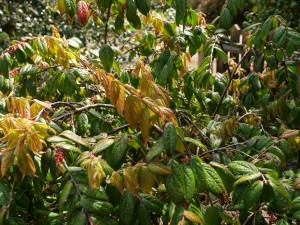
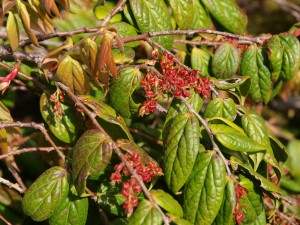
Here we have Vaccinum urceolatum in flower. This mystery plant has puzzled experts for decades and none had ever been able to identify it until Susyn Andrews came up with the answer. It has been in place for 100 years since the Rockery was created and has not got much bigger in the last 40. Vaccinum, Pentapterigium or Gaultheria had been the question? Since Susyn had not seen it in flower I hope she still agrees with the naming? To have flummoxed Hillier, Lancaster and Gardiner etc is an unusual event and part of the fun of what we do.
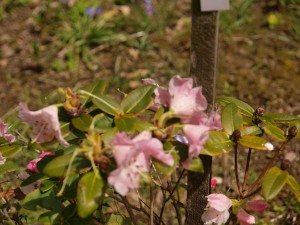
Rhododendron martinianum just going over. If all else fails we could redo the williamsianum cross ourselves another year.A rhododendron labelled Rhododendron bakeri which I cannot find a picture of in the handbook. Its habit and appearance looks like Rhododendron flavidum to me but I may well be wrong?
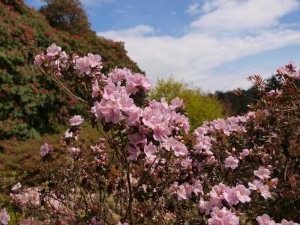
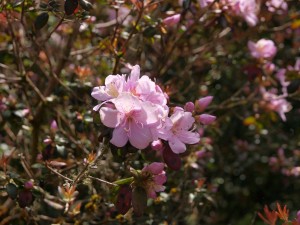
Rhododendron ‘Emma Williams’ (yunnanense x ‘Trewithen Orange’) the colour sums up how I feel today!
1990 – FJW
First sign of rain since Easter Sunday – Michaels Pride nearly over. Azaleas in Drive well advanced – a very early year.
1969 – FJW
The garden nearing its peak. Burmanicum x cubettii at its best.
1964 – FJW
Swallows flying about. Garden at near peak bar Azaleas. Amoenas late. Japonicas at best. Auklandii at their peak.
1918 – JCW
A little May and I sent some to Werrington. Daffs and rhodo’s much as in 1915 but we never had a better year for the bloom escaping all weather injury from February – May. Recurvas at their best.
1915 – JCW
No May. Auklandii fair, daffs over, Orbiculare ½ open and so Baylei, a bad rhodo’ year from the frost.
1913 – JCW
Very very little May, hardly any lilac. Dalhousi, Ovatum, Orbiculare, Baylei all open.
1912 – JCW
Plenty of May everywhere, Lilac going back, Azaleas are very nice. Tubergens Iris are all over.
1911 – JCW
Auklandii very good indeed, not quite its best, M rubra nearly at its best, 481 half open, all recurvas open.
1910 – JCW
Most of the recurvas, late and cold under the north wind. I pavonia open – 481 not out yet – other daffs over. Auklandii on the wane – several Azaleas open. Montana rubra nearly over – has been very fine.
1907 – JCW
Several Recurvas not yet open. Dalhousi not open. Royali opening slowly and so Yunnanense and Azaleas, I korolkowi. Lady A Fitzwilliam at its best. Auklandii rather more than ½ open.
1906 – JCW
Recurvus at its best, Dalhousi open, Falconeri, Royali, Fortunei, Yunnanense. Many of the Azaleas, I korolkowi at their best. Primroses just over. I picked some Santa Maria and Emperor under glass. I pavonia open.
1901 – JCW
A full 10 days behind the above, though one or two azalea are open.
1897 – JCW
R edgeworthii at its best, also Azalea altaclarensis and mollis, a good few Iris siberica out. Poeticus Recurvus going back.




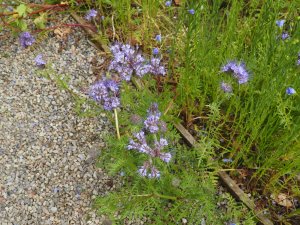
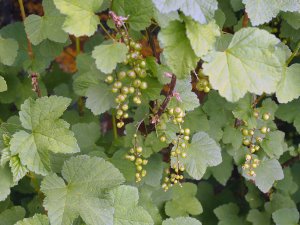
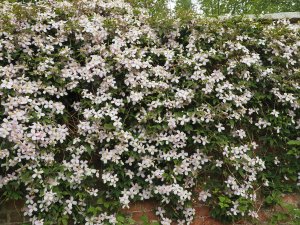
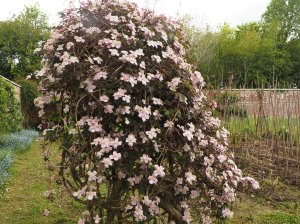
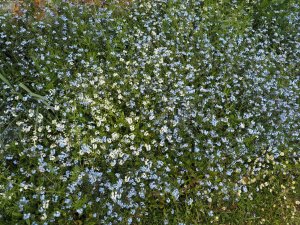
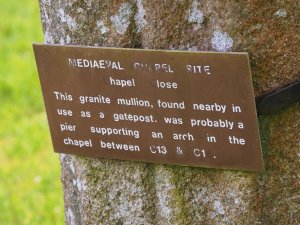
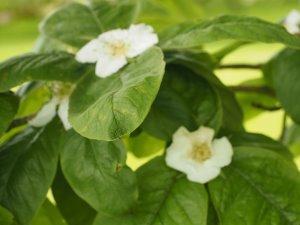
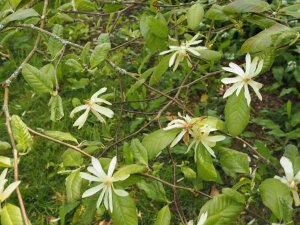
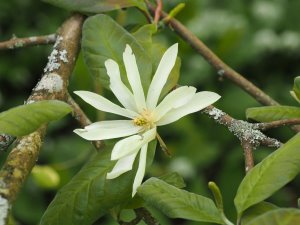
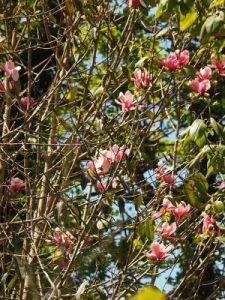
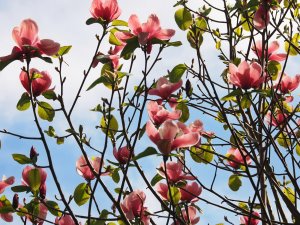
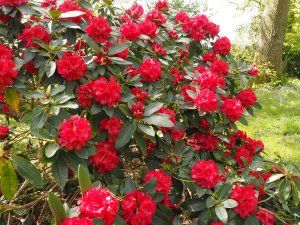
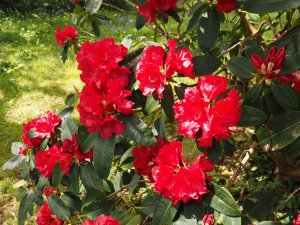
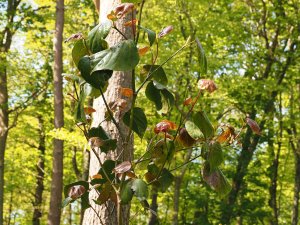
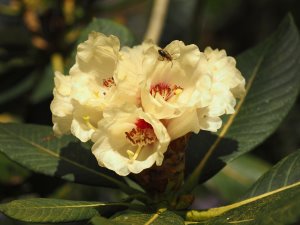
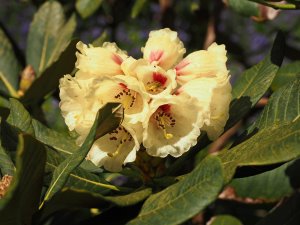
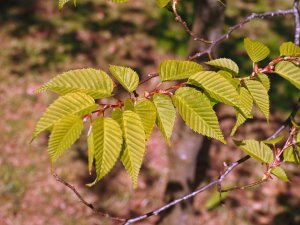
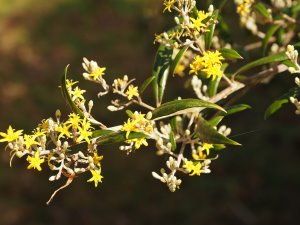
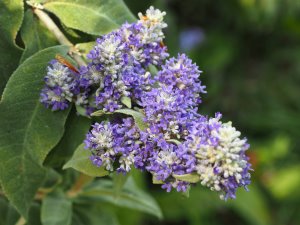
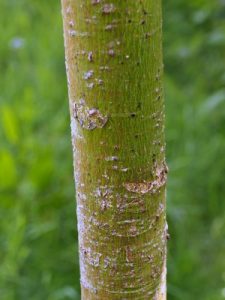
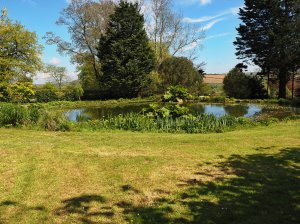
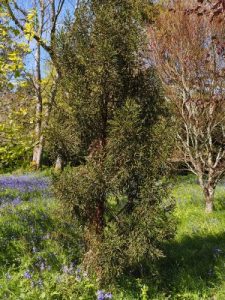
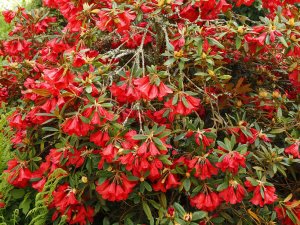
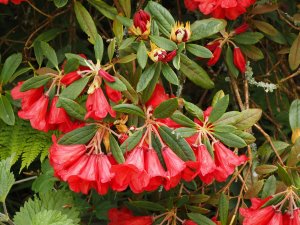
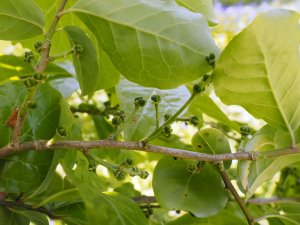
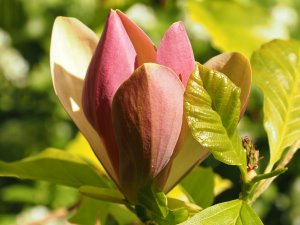
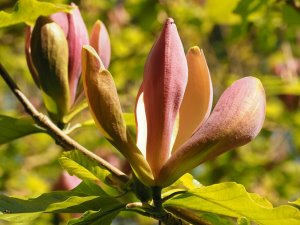
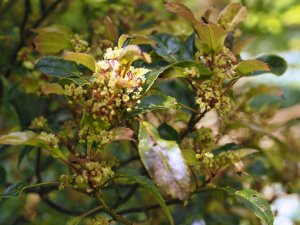
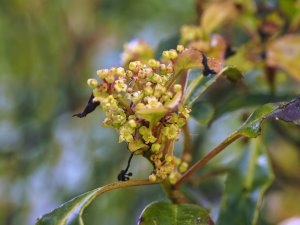
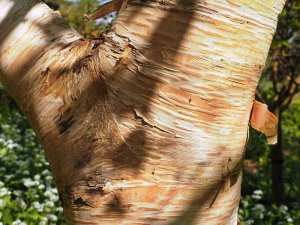
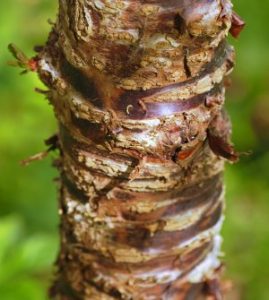

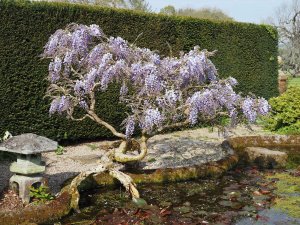
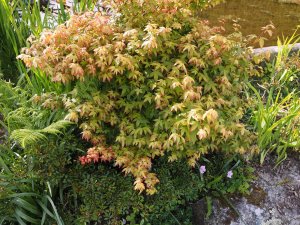
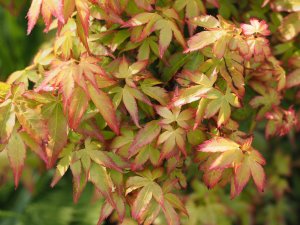
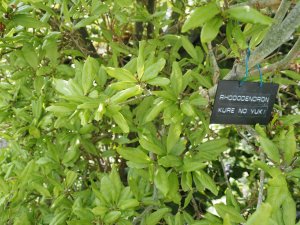


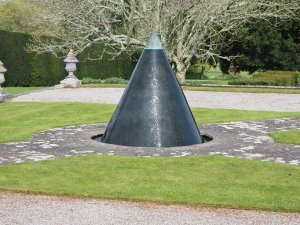
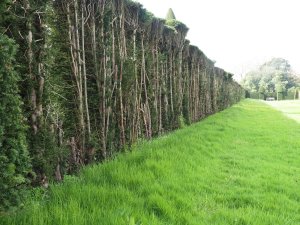
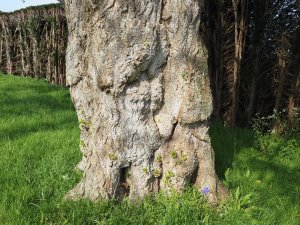
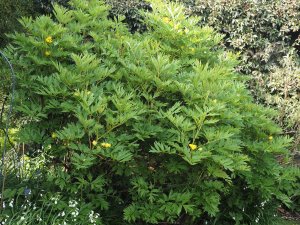
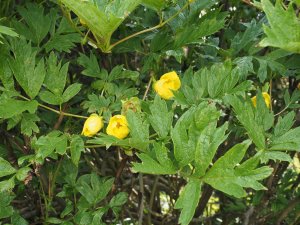
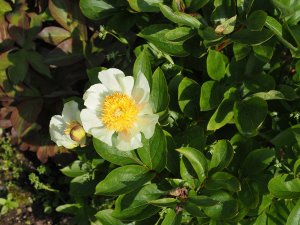
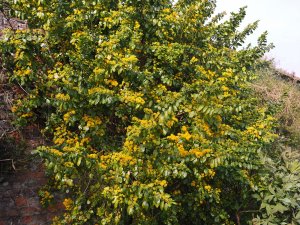
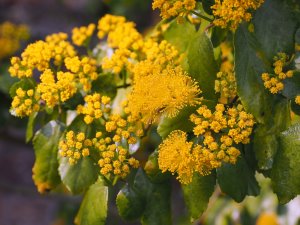
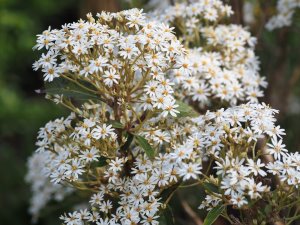
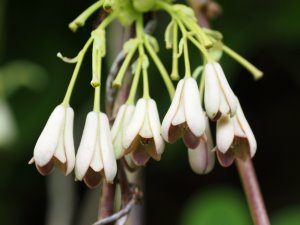
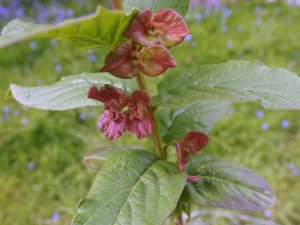
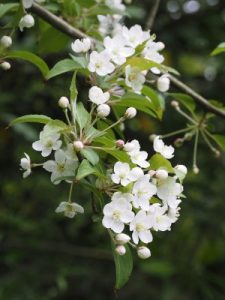
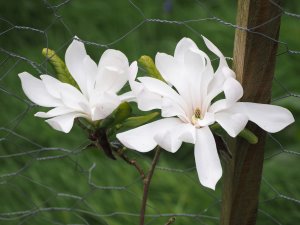
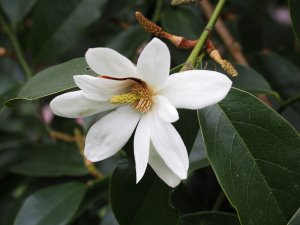
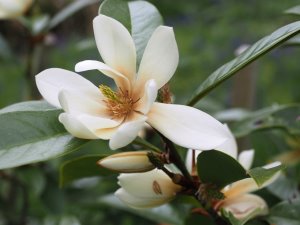
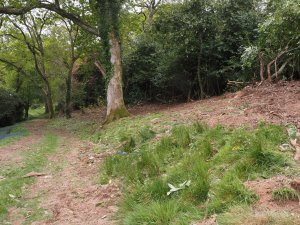
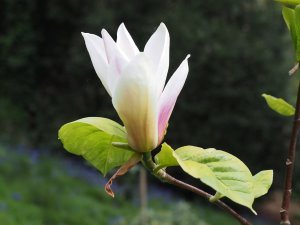
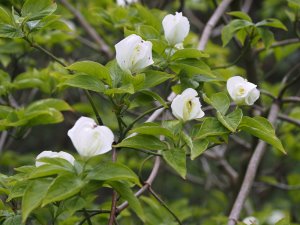
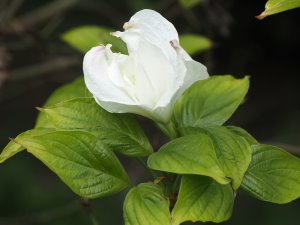
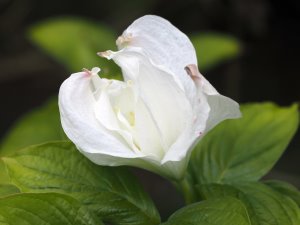
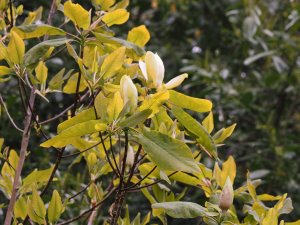
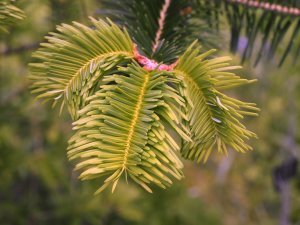
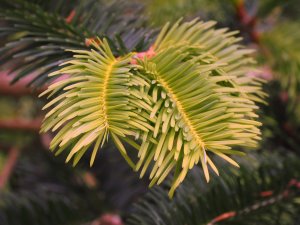

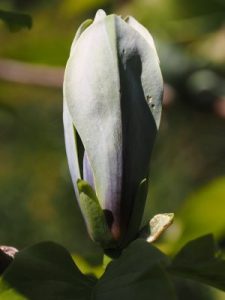
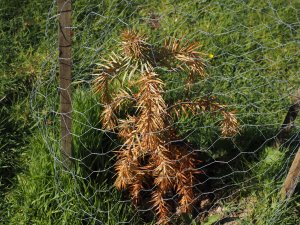
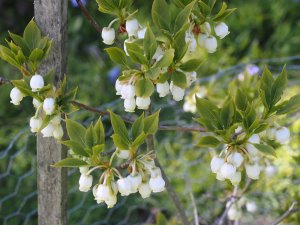
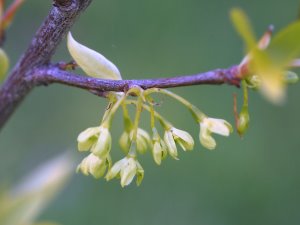
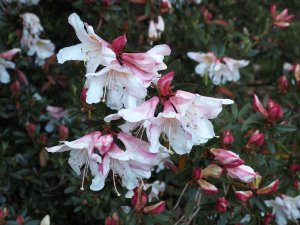
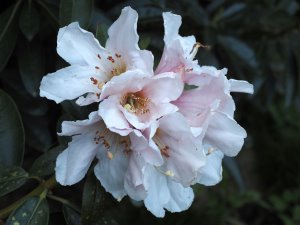
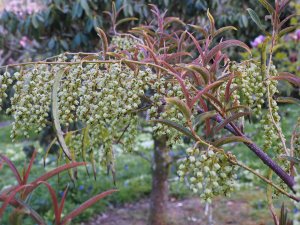
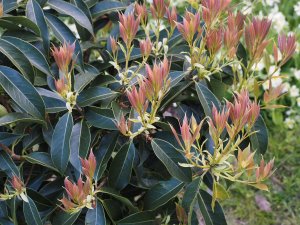
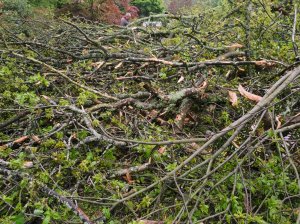
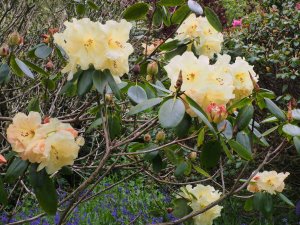
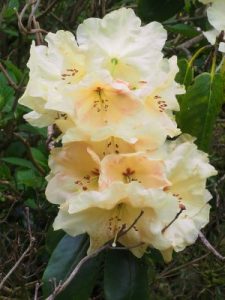
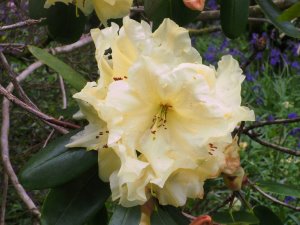
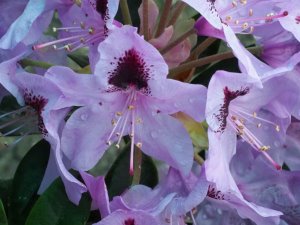
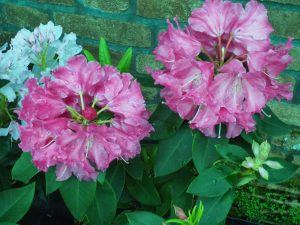
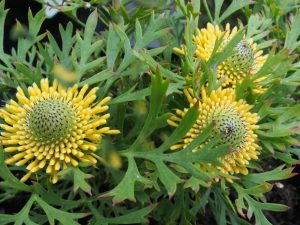
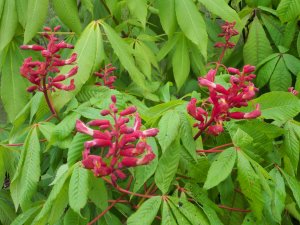
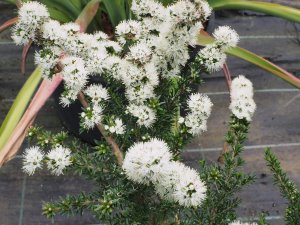
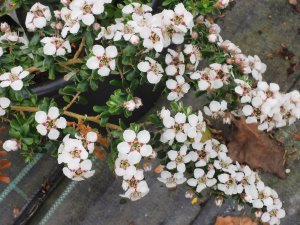
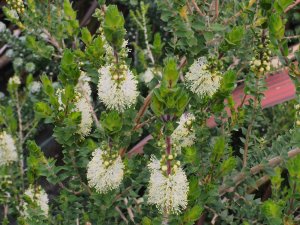
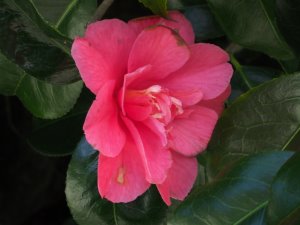
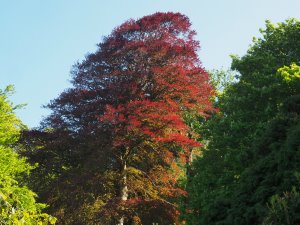

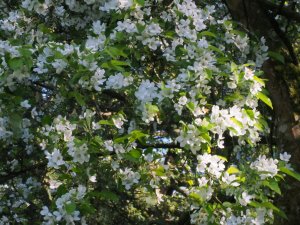
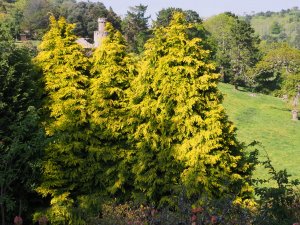
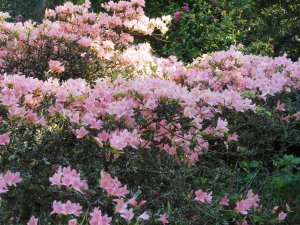
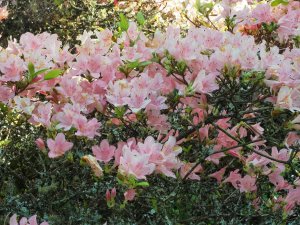
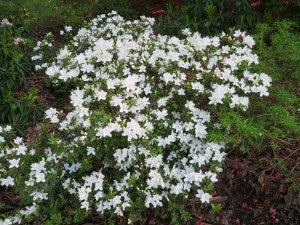
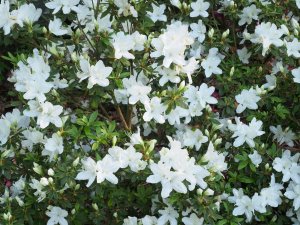

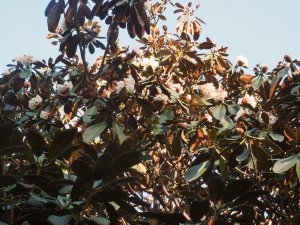
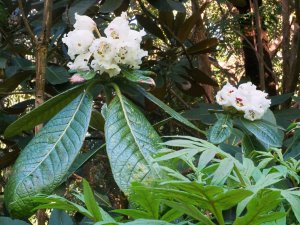
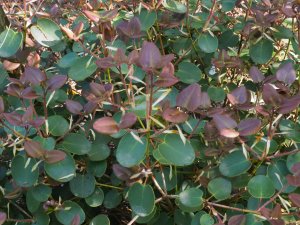
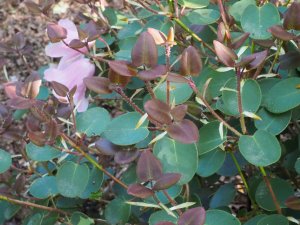
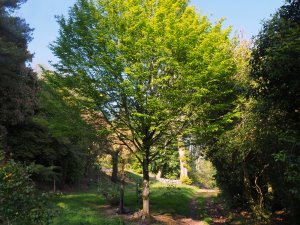
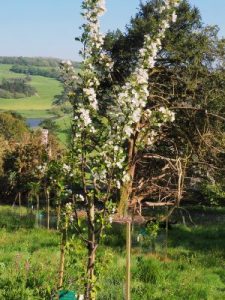
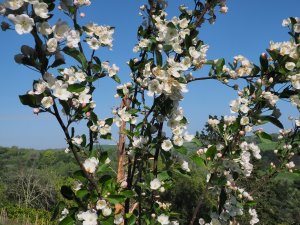
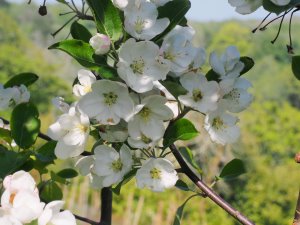
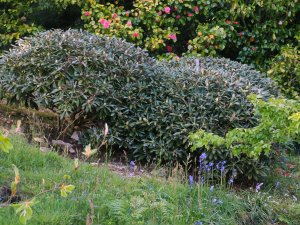
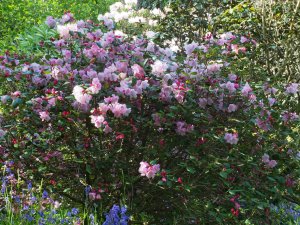
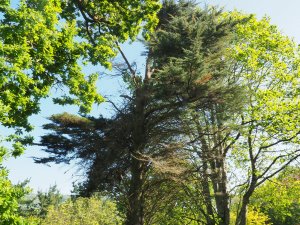
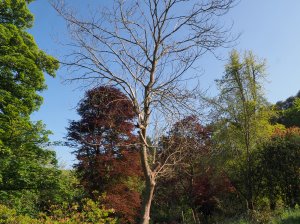
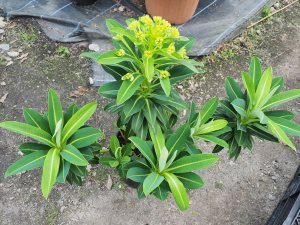
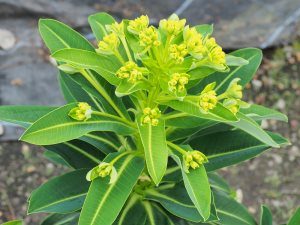

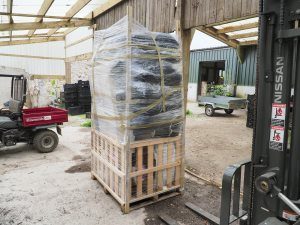
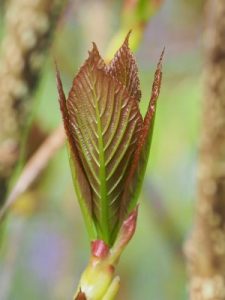
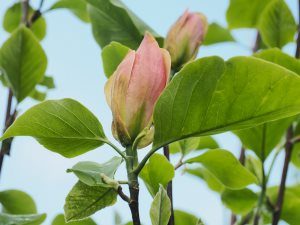
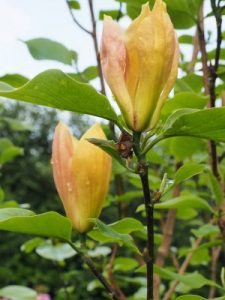
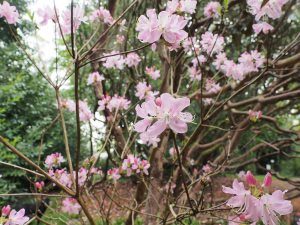
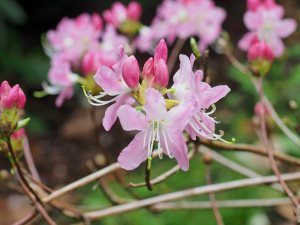
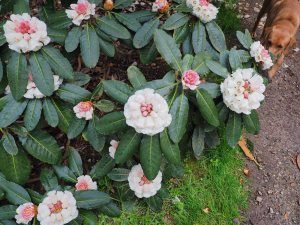
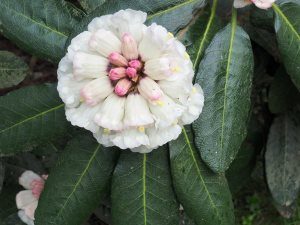
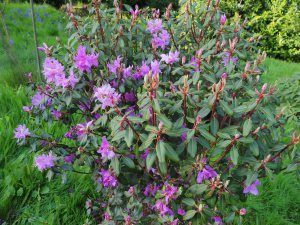
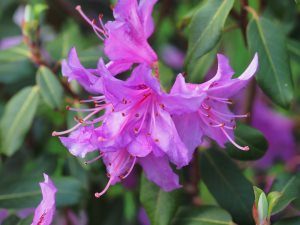
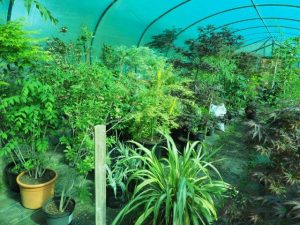
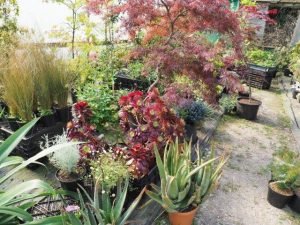
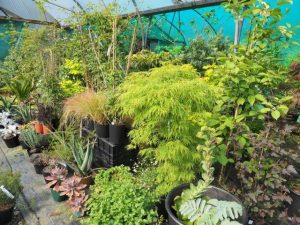
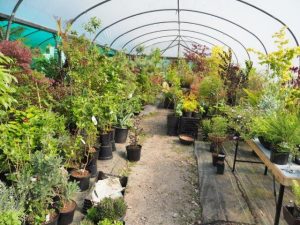
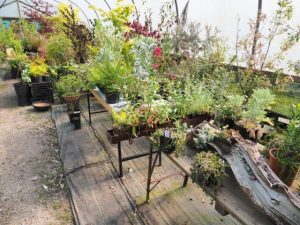
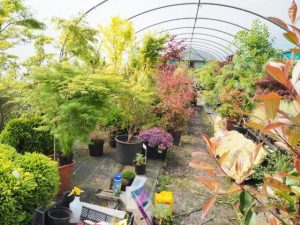
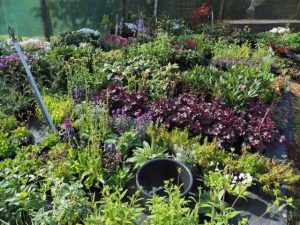
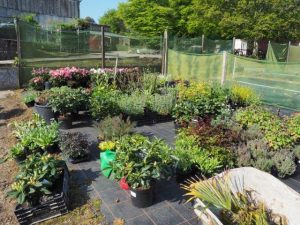
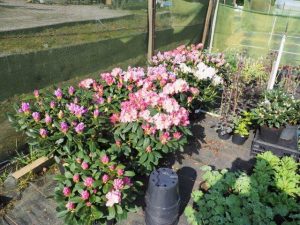
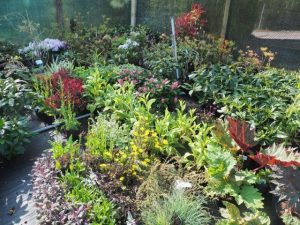
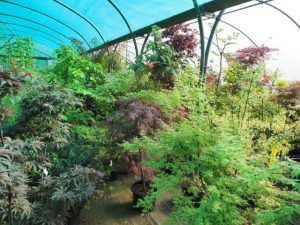
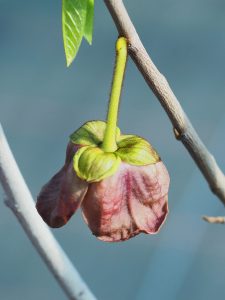

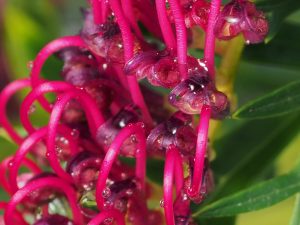

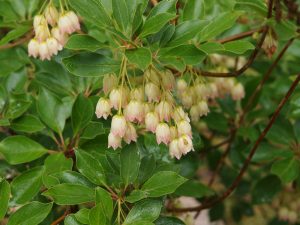
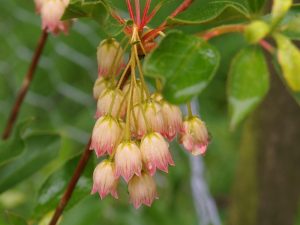
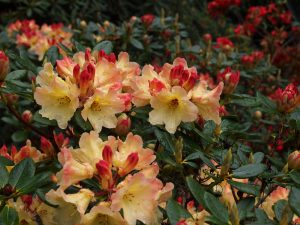
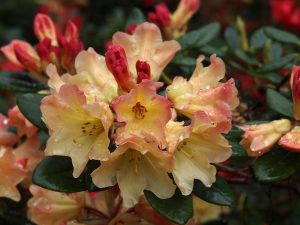
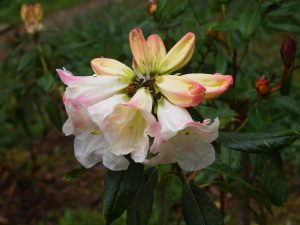
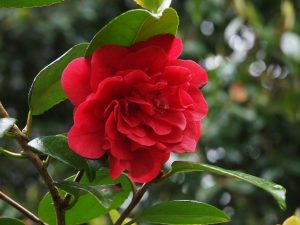
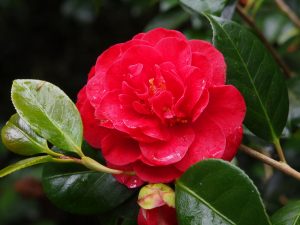
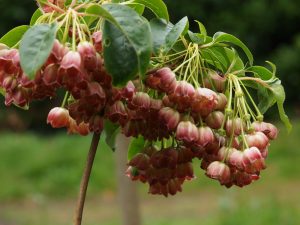
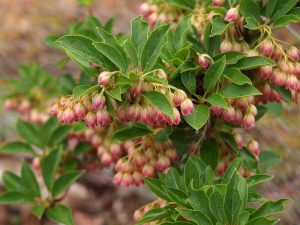
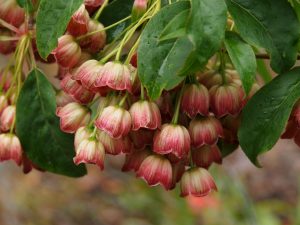
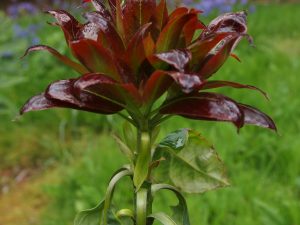

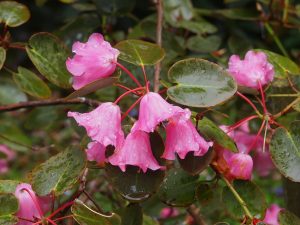
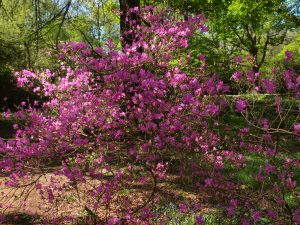
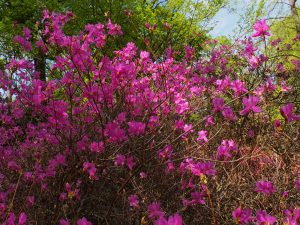
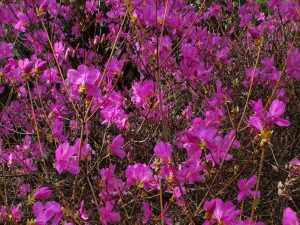
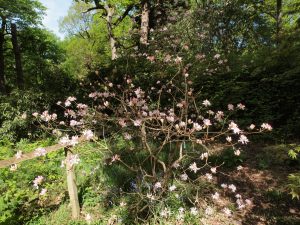
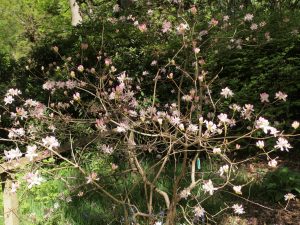
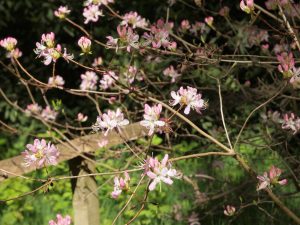
I wonder why Araucaria angustifolia failed, probably it was weak, not well riped. Here , in Baden, near Blackwold, we have one now reaching 4, 5 meters and growing well, it survived last year nearly minus 14° C and in March and 4th of April many times -4°C. The same, by the way, with Wollemia nobilis.
May be you got the wrong genetic type.
Greetings